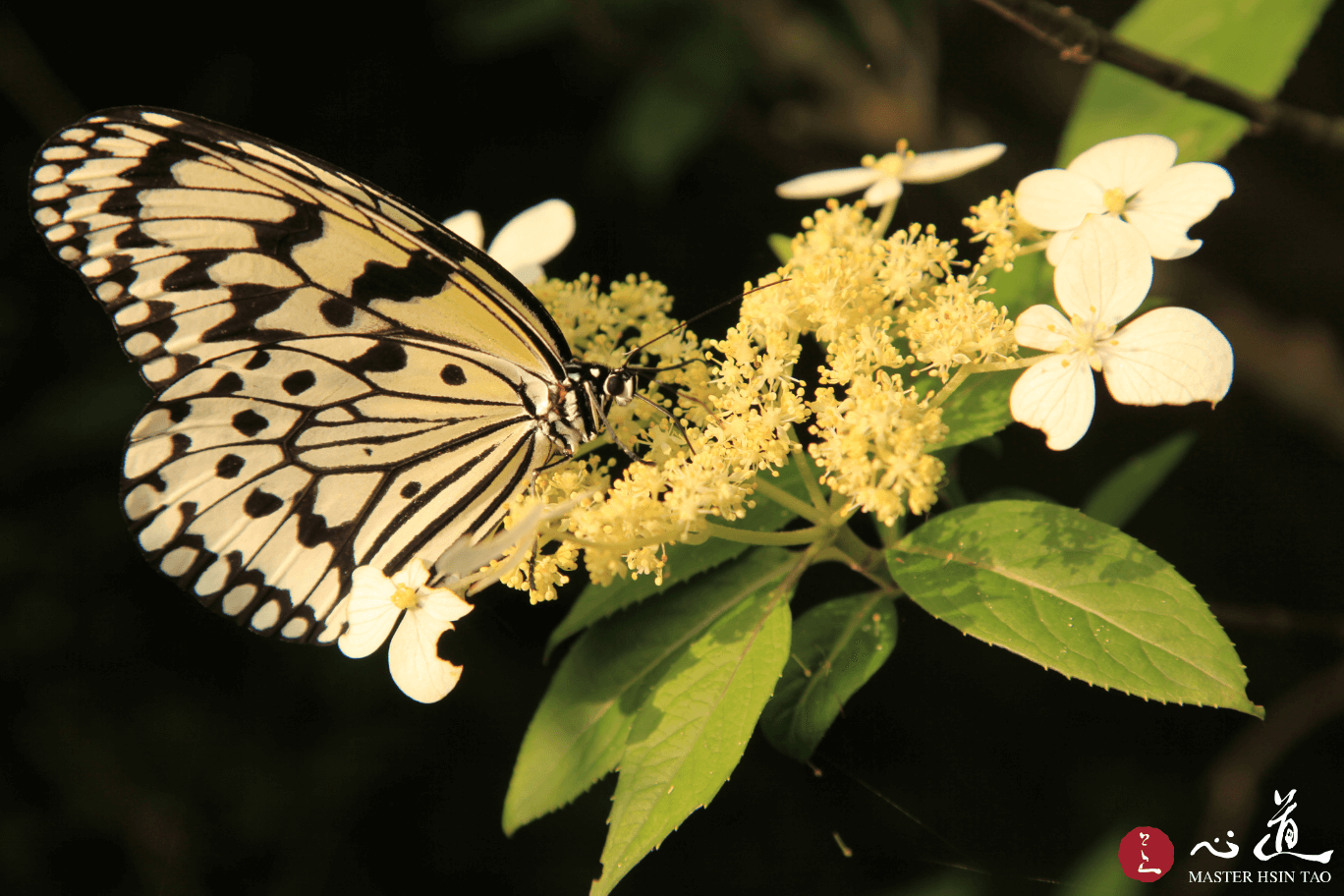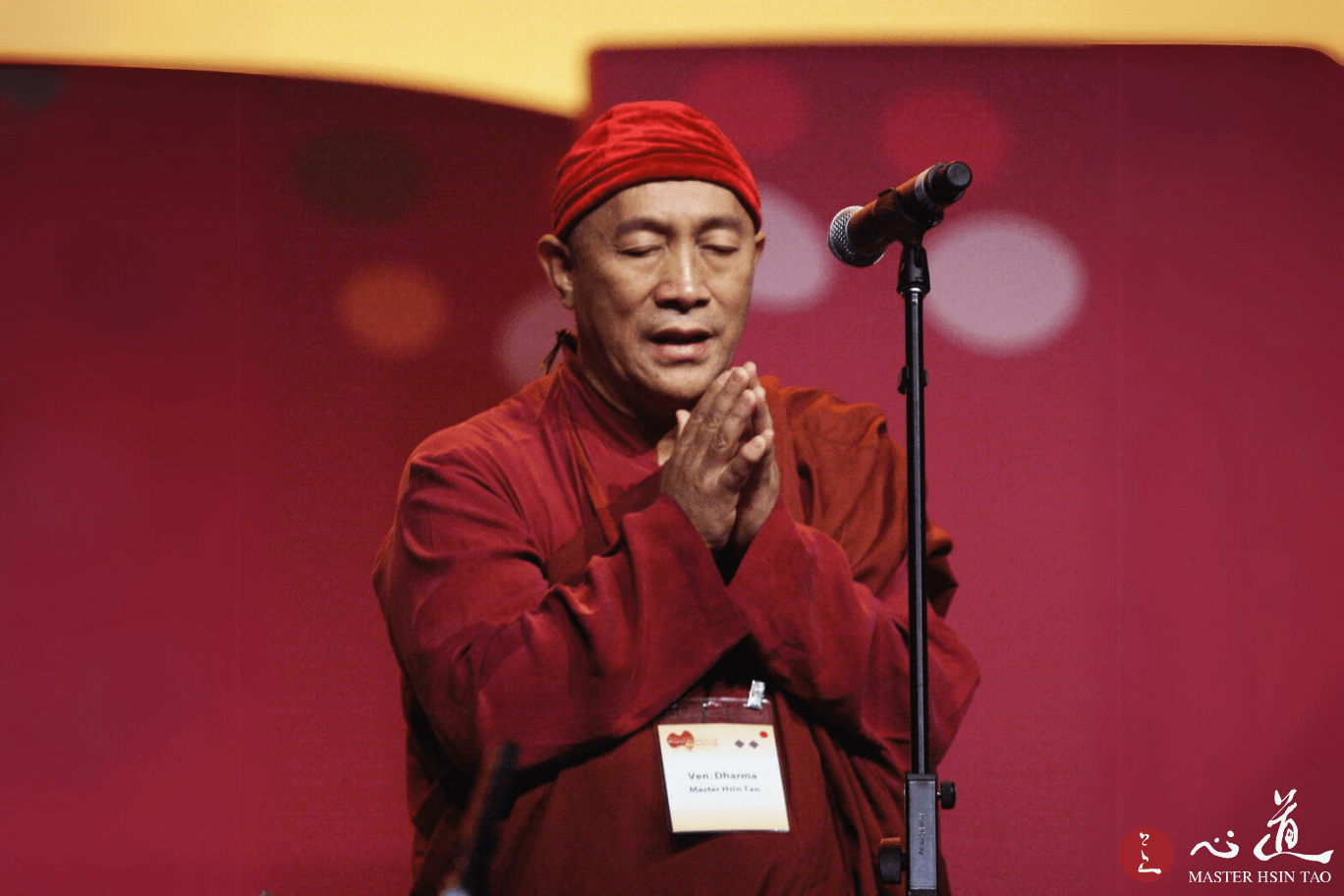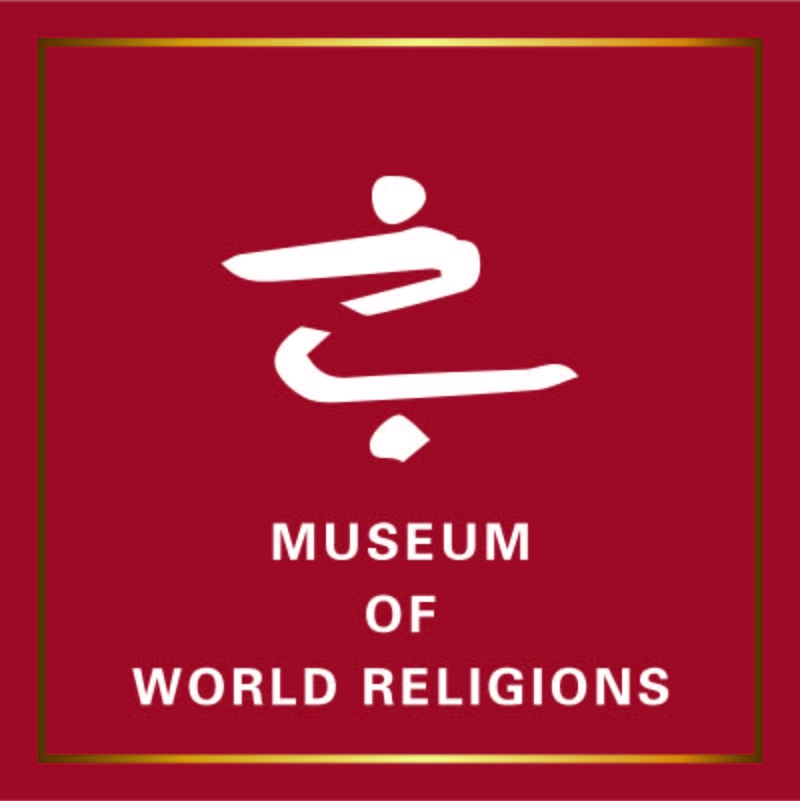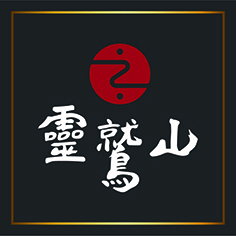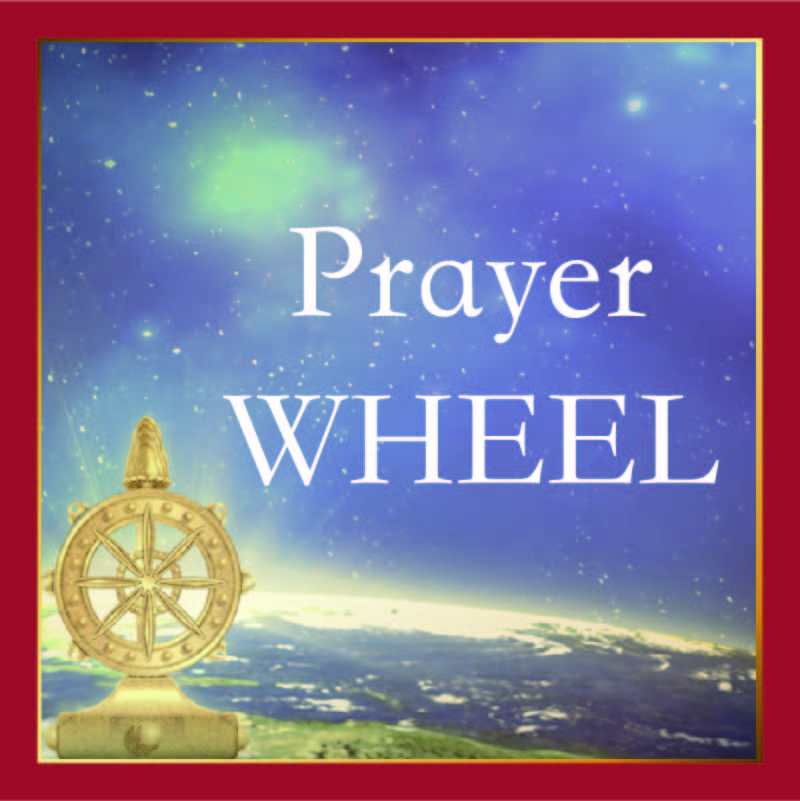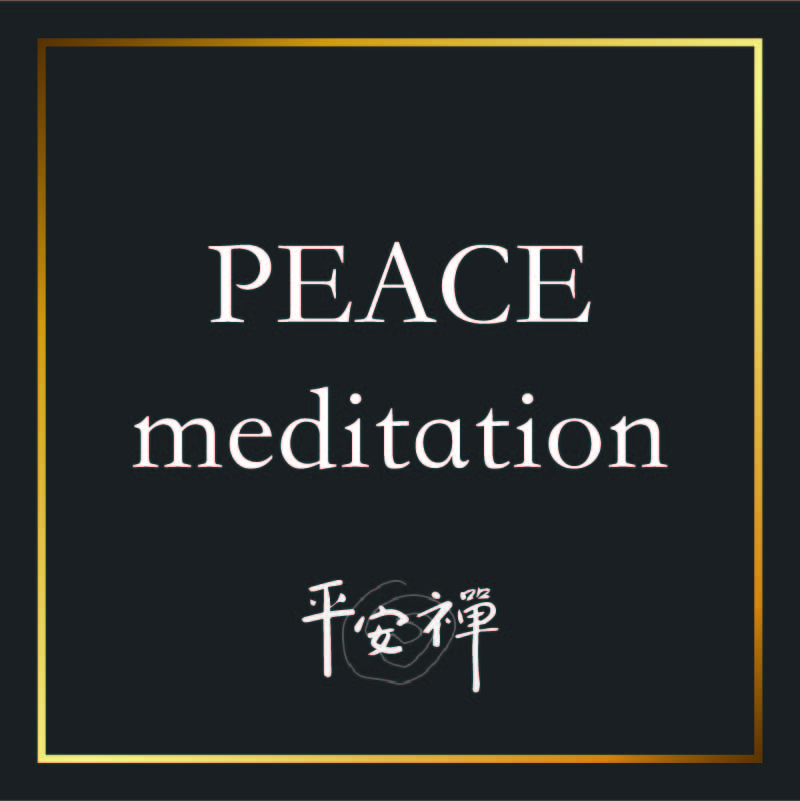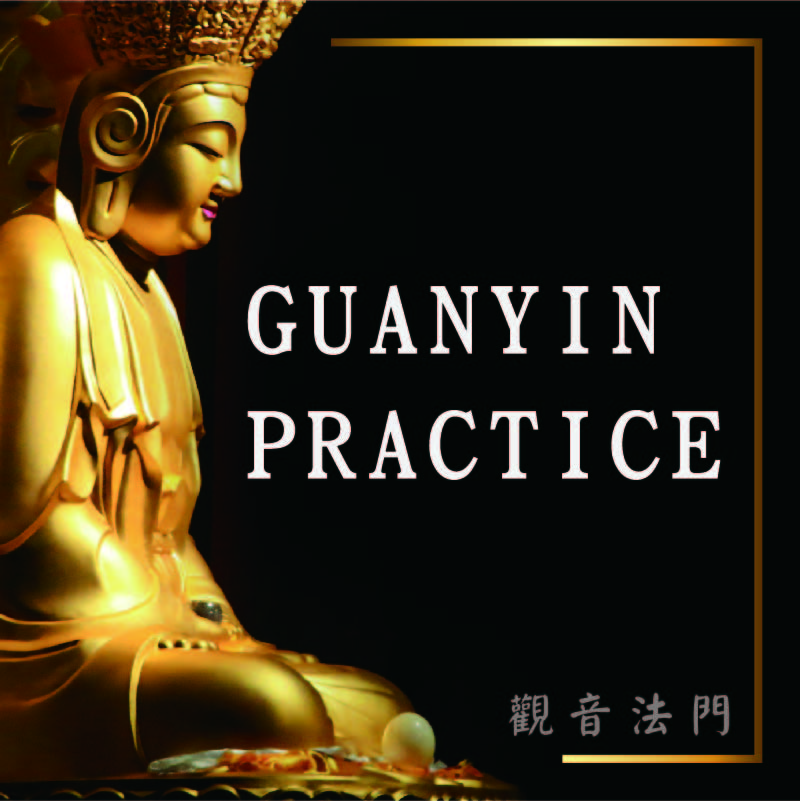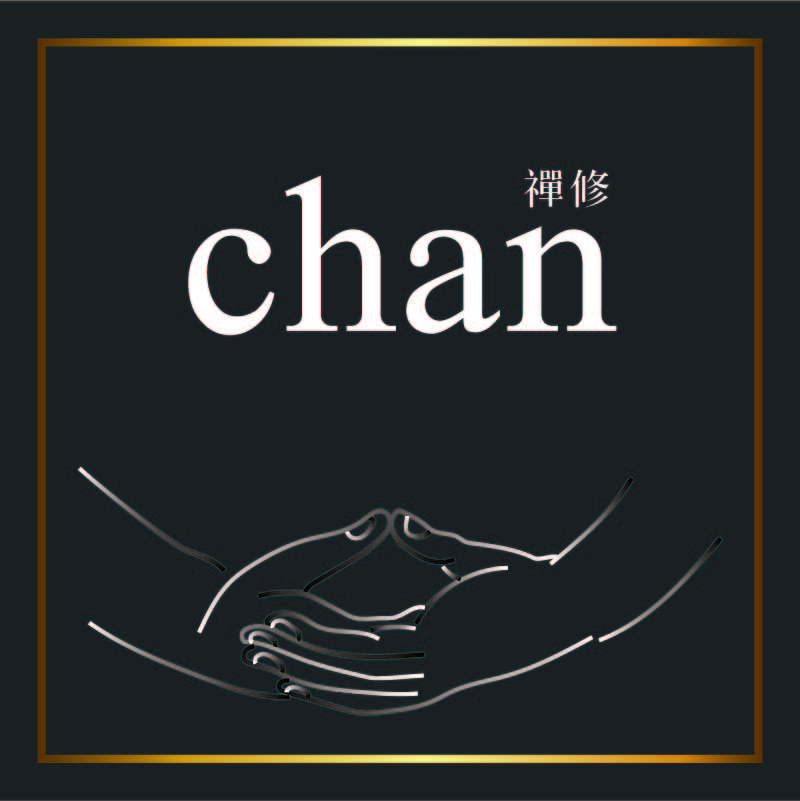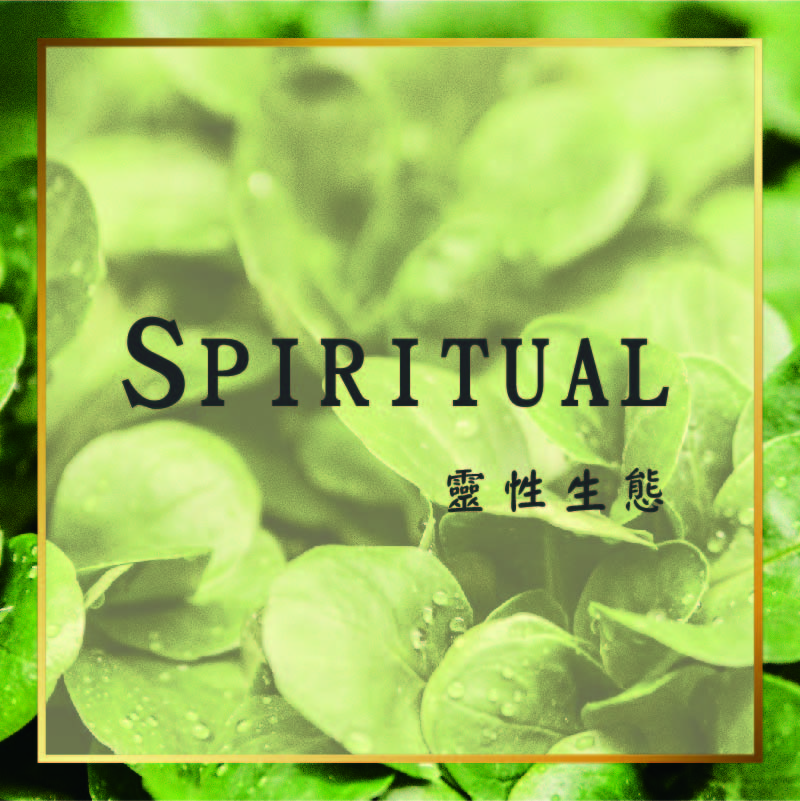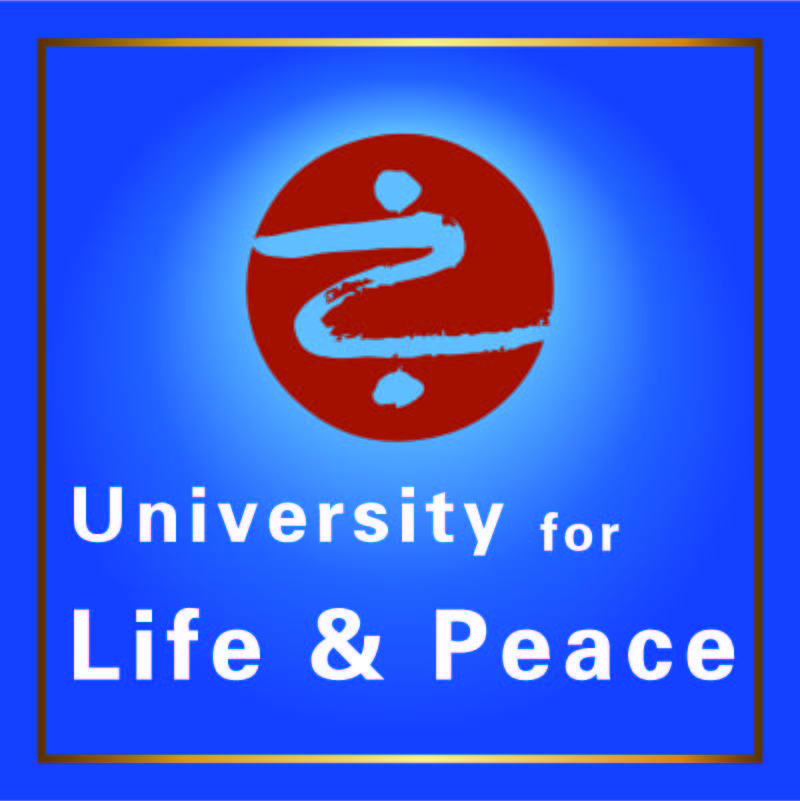
Observing the Spiritual Essence of Ecology in Nature
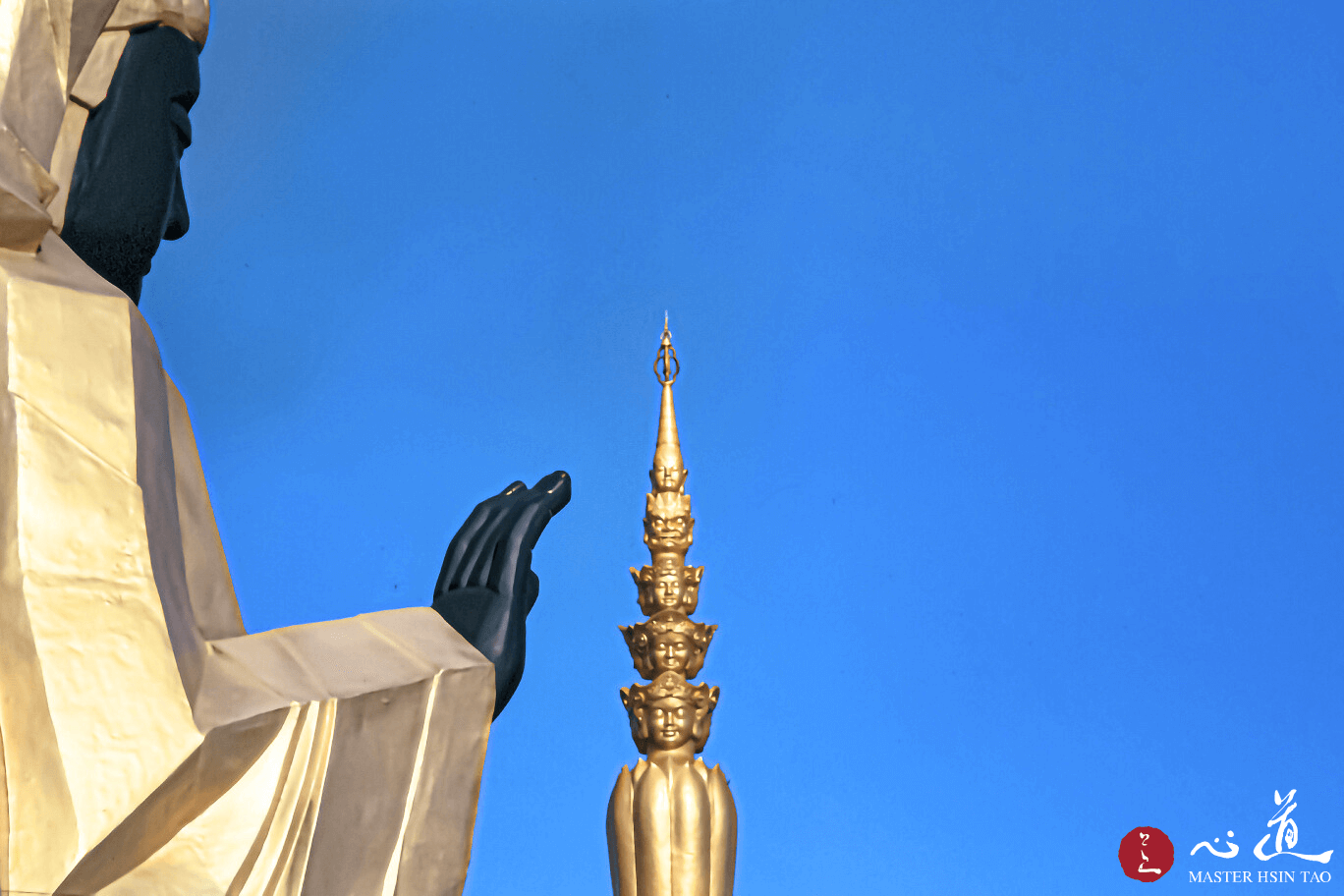 During my retreat for the Eleven-faced Guan Yin (Avalokiteshvara) practice, I had many interesting interactions with various little animals. They seemed to have taken an interest in getting into mischief with me, but I found it quite acceptable despite their occasionally disruptive nature. Once, a swarm of fruit flies accompanied me during the meditation, despite their minuscule presence, they displayed characteristics common to human experience: fearing death and appreciating kindness. The way we treat them elicits a response through their sensory perceptions.
During my retreat for the Eleven-faced Guan Yin (Avalokiteshvara) practice, I had many interesting interactions with various little animals. They seemed to have taken an interest in getting into mischief with me, but I found it quite acceptable despite their occasionally disruptive nature. Once, a swarm of fruit flies accompanied me during the meditation, despite their minuscule presence, they displayed characteristics common to human experience: fearing death and appreciating kindness. The way we treat them elicits a response through their sensory perceptions.
Every living being shares fundamental similarities with humans, differing only in external form. Their existence in specific life forms is determined by distinct karmic conditions. Buddhist teachings refer to the “four modes of birth ,” namely, womb birth, egg birth, spontaneous generation from warmth and moisture, and miraculous birth. Womb birth occurs through gestation, while egg birth takes place through egg-laying. Spontaneous generation from warmth and moisture refers to beings emerging from humid environments due to the presence of warmth and moisture. Miraculous birth happens when certain conditions mature, allowing consciousness to integrate into a new form.
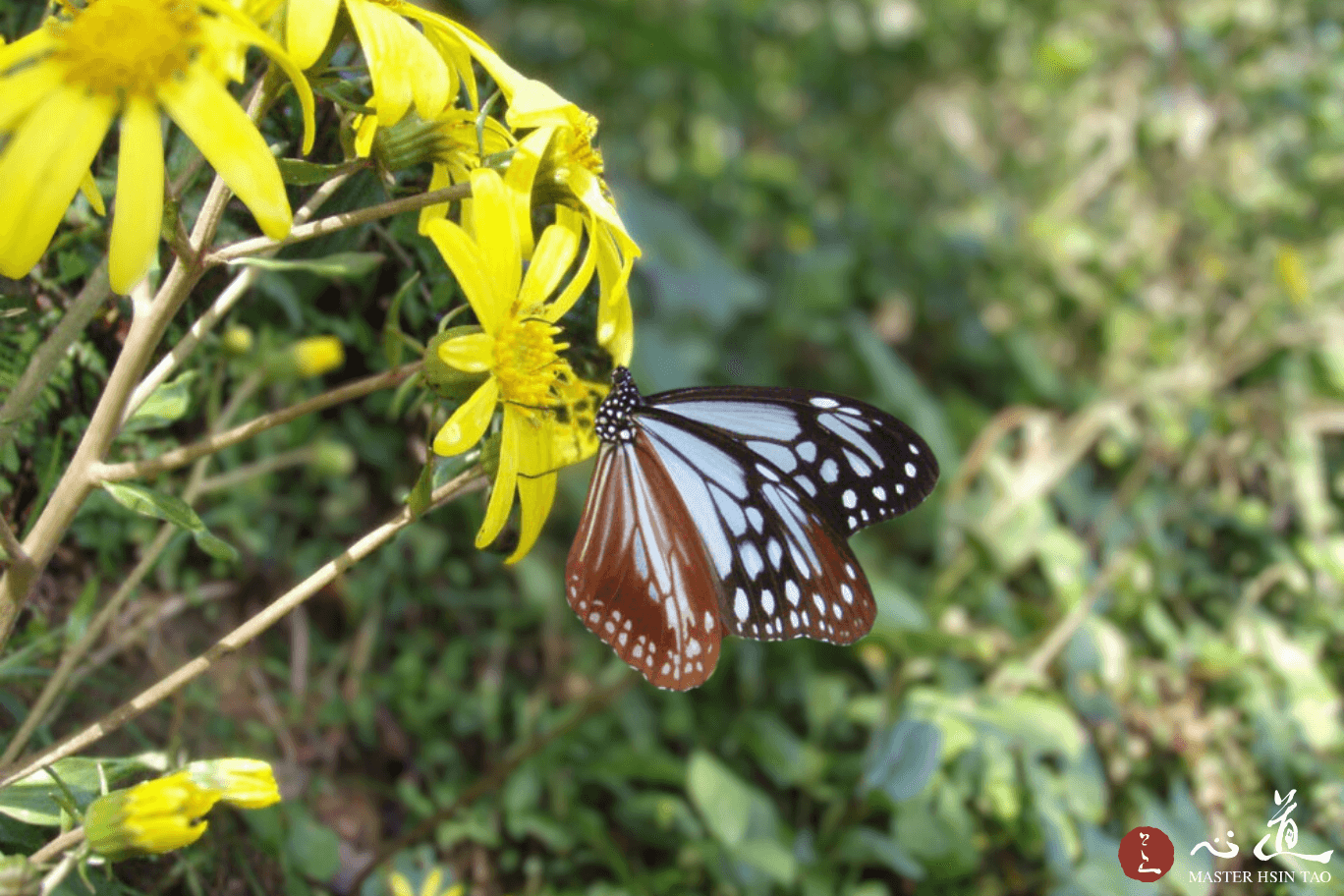 If we take the example of metamorphosis, where a caterpillar transforms into a butterfly, it is evident that the caterpillar chooses a proper, dry spot to envelop itself inside a cocoon of silk. By excluding external disturbances, it is as if the caterpillar undergoes a meditative state. After the metamorphosis is complete, it breaks out of the cocoon to become a butterfly. In this new stage of form, it appears that the butterfly has completely rid itself of all traces of its former existence as a caterpillar. The process of metamorphosis is a condensed version of reincarnation where one being transmigrates from one life to another in different forms, yet without any recollections of past experiences. The Diamond Sutra mentions the four modes of birth and “nine abodes of beings ,” which encompass all forms of sentient beings. Further expanding on this, The Diamond Sutra also classifies beings into: “those “without thought”, “without thought”, “not totally with thought”, and “not totally without thought”.
If we take the example of metamorphosis, where a caterpillar transforms into a butterfly, it is evident that the caterpillar chooses a proper, dry spot to envelop itself inside a cocoon of silk. By excluding external disturbances, it is as if the caterpillar undergoes a meditative state. After the metamorphosis is complete, it breaks out of the cocoon to become a butterfly. In this new stage of form, it appears that the butterfly has completely rid itself of all traces of its former existence as a caterpillar. The process of metamorphosis is a condensed version of reincarnation where one being transmigrates from one life to another in different forms, yet without any recollections of past experiences. The Diamond Sutra mentions the four modes of birth and “nine abodes of beings ,” which encompass all forms of sentient beings. Further expanding on this, The Diamond Sutra also classifies beings into: “those “without thought”, “without thought”, “not totally with thought”, and “not totally without thought”.
 In our daily lives, by observing animals and the natural world, we can gain profound insights into the nature of existence. Such contemplation reveals that all phenomena are merely elaborations of the mind. The manifestations of our mind are shaped by our habitual tendencies and varying merits. Different degrees of merit create corresponding realities on the conventional level. Take ants as an example: their comparatively lesser merits result in limited spatial dimensions and cognitive experience. Humans, by contrast, have the capacity to traverse the globe and the intellectual sophistication to experience the world.
In our daily lives, by observing animals and the natural world, we can gain profound insights into the nature of existence. Such contemplation reveals that all phenomena are merely elaborations of the mind. The manifestations of our mind are shaped by our habitual tendencies and varying merits. Different degrees of merit create corresponding realities on the conventional level. Take ants as an example: their comparatively lesser merits result in limited spatial dimensions and cognitive experience. Humans, by contrast, have the capacity to traverse the globe and the intellectual sophistication to experience the world.
The accumulation of virtuous karma leads to the fortune of being born into higher realms. In contrast, a lack of virtue prevents one from attaining a human birth. The human body itself is an intricate constellation of life; each cell carries its own vitality and purpose. This very vessel—the human body—provides the opportunity to explore the nature of the mind, as the body and the mind serve as an auxiliary condition for each other’s functions. That’s why we must study Dharma—to free ourselves from the endless cycle of birth and death.


